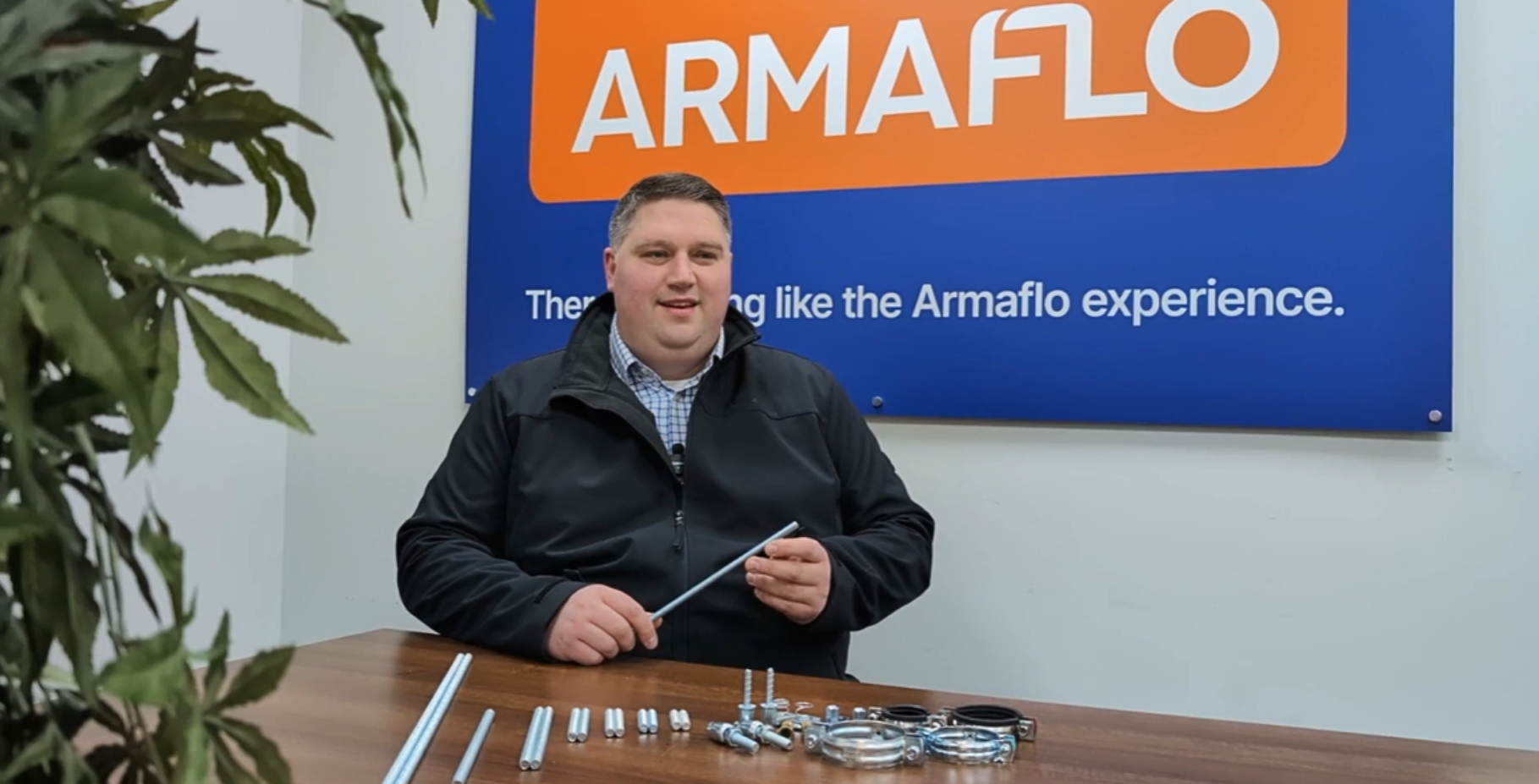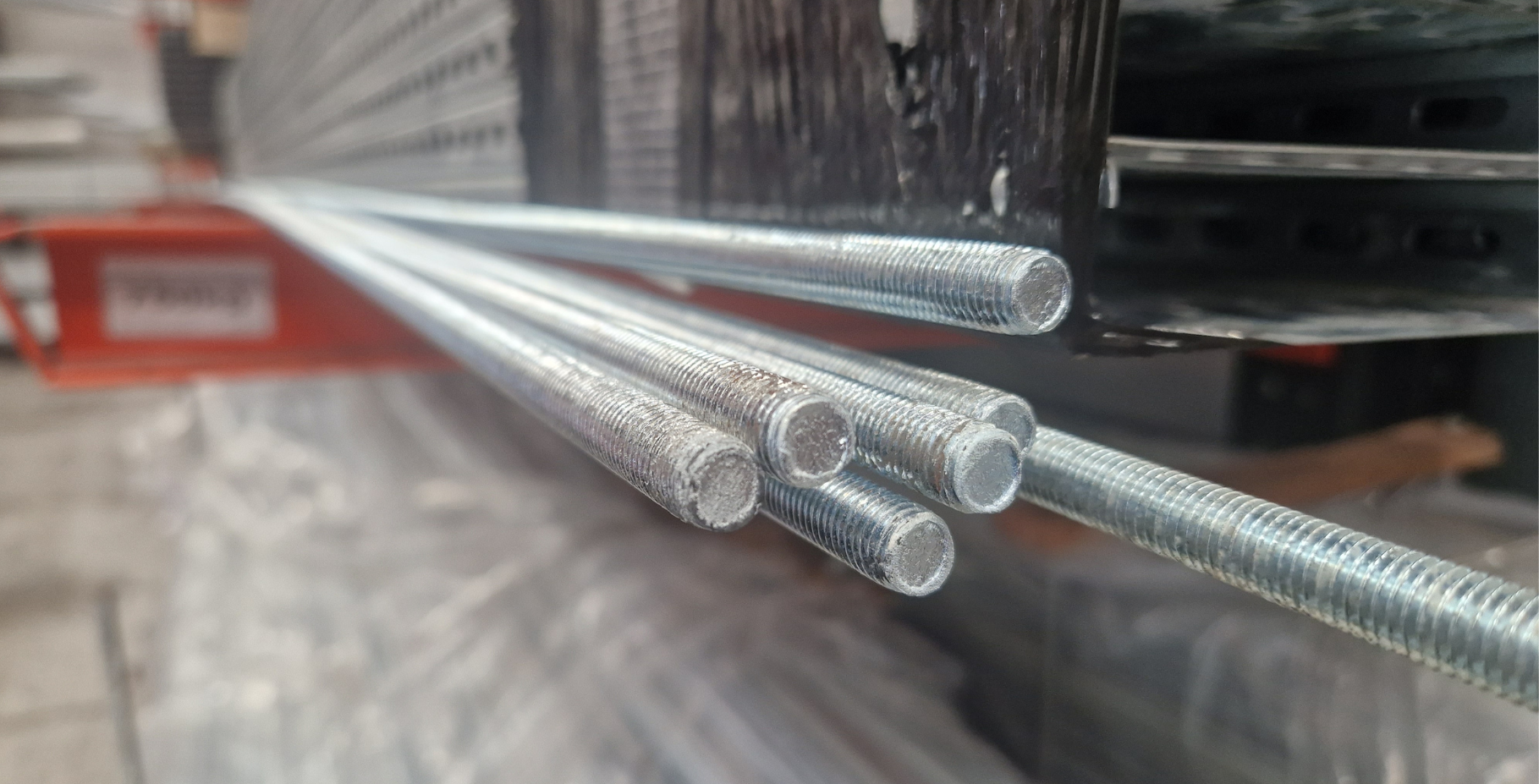Product Training: Threaded Rod
Ep.9 – Weekly product training, this week we cover Threaded Rod with Roy Harmer.
Threaded Rod, also known as stud or all-thread, is pivotal in ensuring structural stability and efficiency in the mechanical and electrical industry. It is well known for being a low-cost, tidy to install and easy to work with! It is available in a variety of finishes including zinc, stainless steel, and hot dip galv. Each of these finishes is suited for different environments which we will go over in this blog. We will also explore the technical requirements, features and benefits of threaded rods in the mechanical and electrical industry.
DIN 976 is a standard that specifies threaded rods used in various industries for fastening and anchoring applications. All our threaded rods meet this standard so you can rest assured that nothing will fail you!
Threaded Rod Product Video by Darelle Harmer
Threaded rod is available in 3 different finishes. Zinc is the standard finish for rod and is used inside buildings or in areas protected from weather and chemicals. Secondly, Hot dip galvanised and Stainless-Steel which are suited better for applications with humid, damp or wet conditions such as coastal areas or rooftops.
Threaded rod can be used with a range of products. We have pipe clips, tapcons, backplates, channel nuts, wedge anchors, wedge nuts and swival ball hangers.
Sizing and specifications
When it comes to the sizing, threaded rods come as standard in 1 & 3M lengths, however, we do have a vast range of cut lengths available, or if you need a specific size, we can cut them in-house for next-day delivery. Having the correct size delivered minimises the need for on-site cutting and reduces material waste. It also eliminates the need for a hot works permit resulting in safer working environment.
To conclude
Threaded rods are unsung heroes in the mechanical and electrical industry, providing crucial support, versatility, and cost-effective solutions. Their features and benefits make them indispensable components for engineers and contractors, contributing to safer, more efficient, and durable projects. Whether you are constructing a new building, retrofitting an existing structure, or setting up electrical systems, threaded rods play a vital role in ensuring success.
See all our other blogs here.


